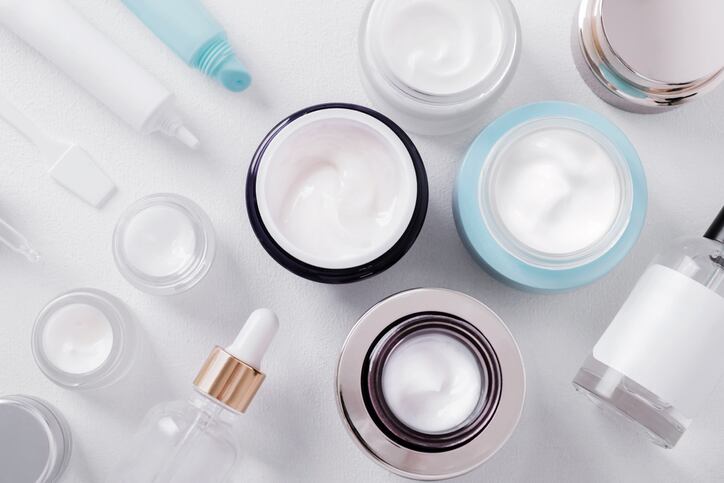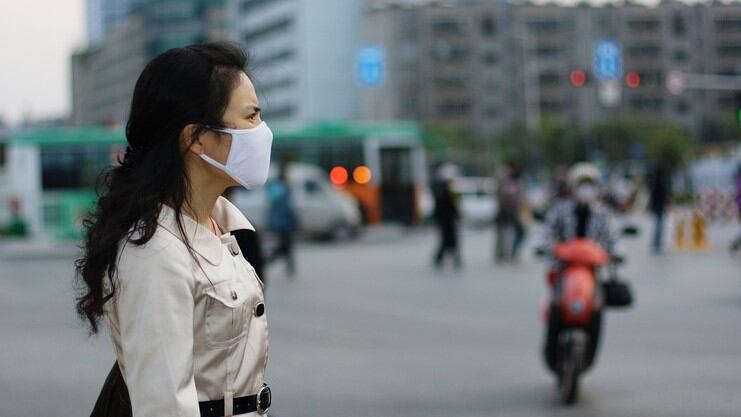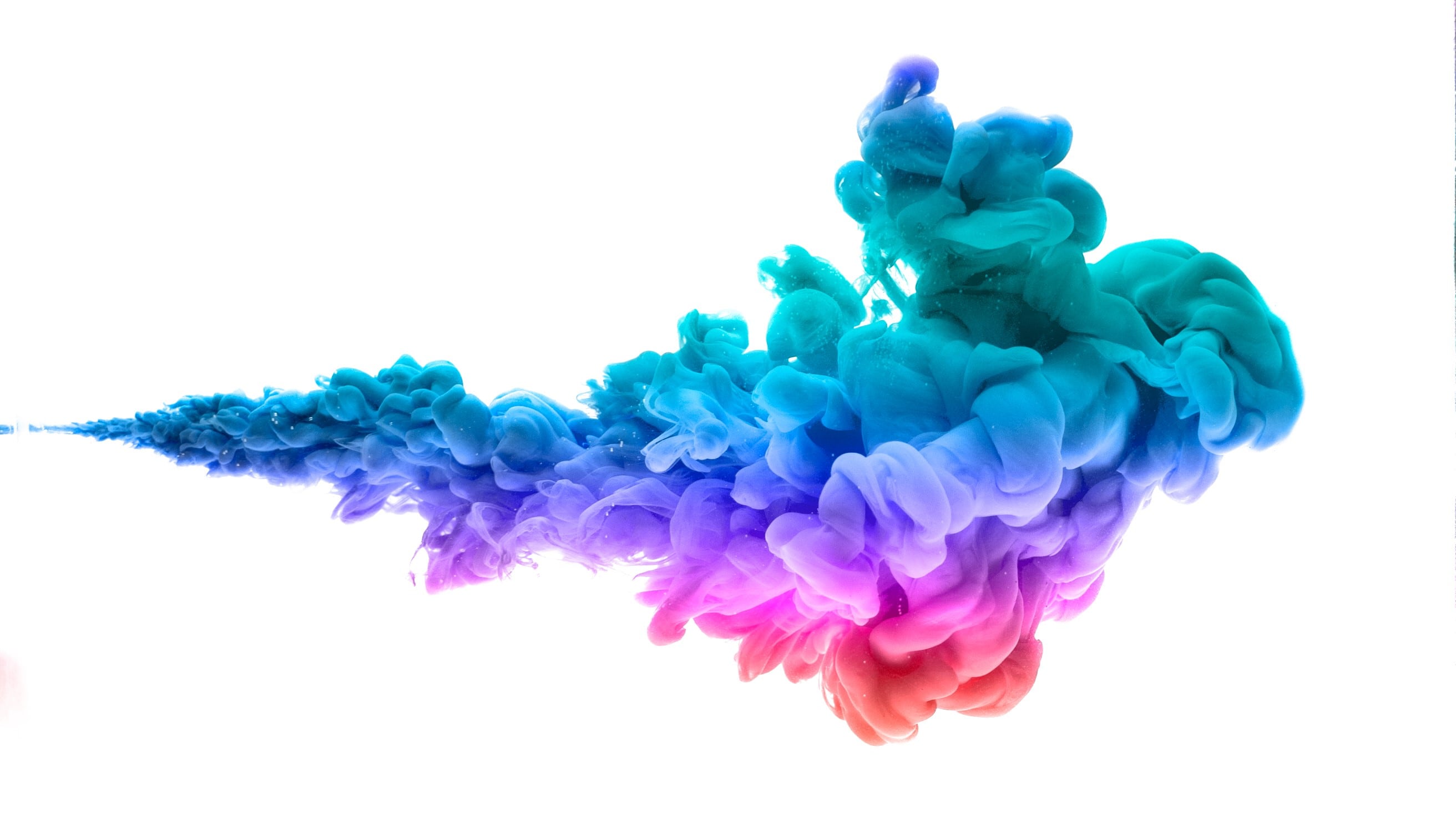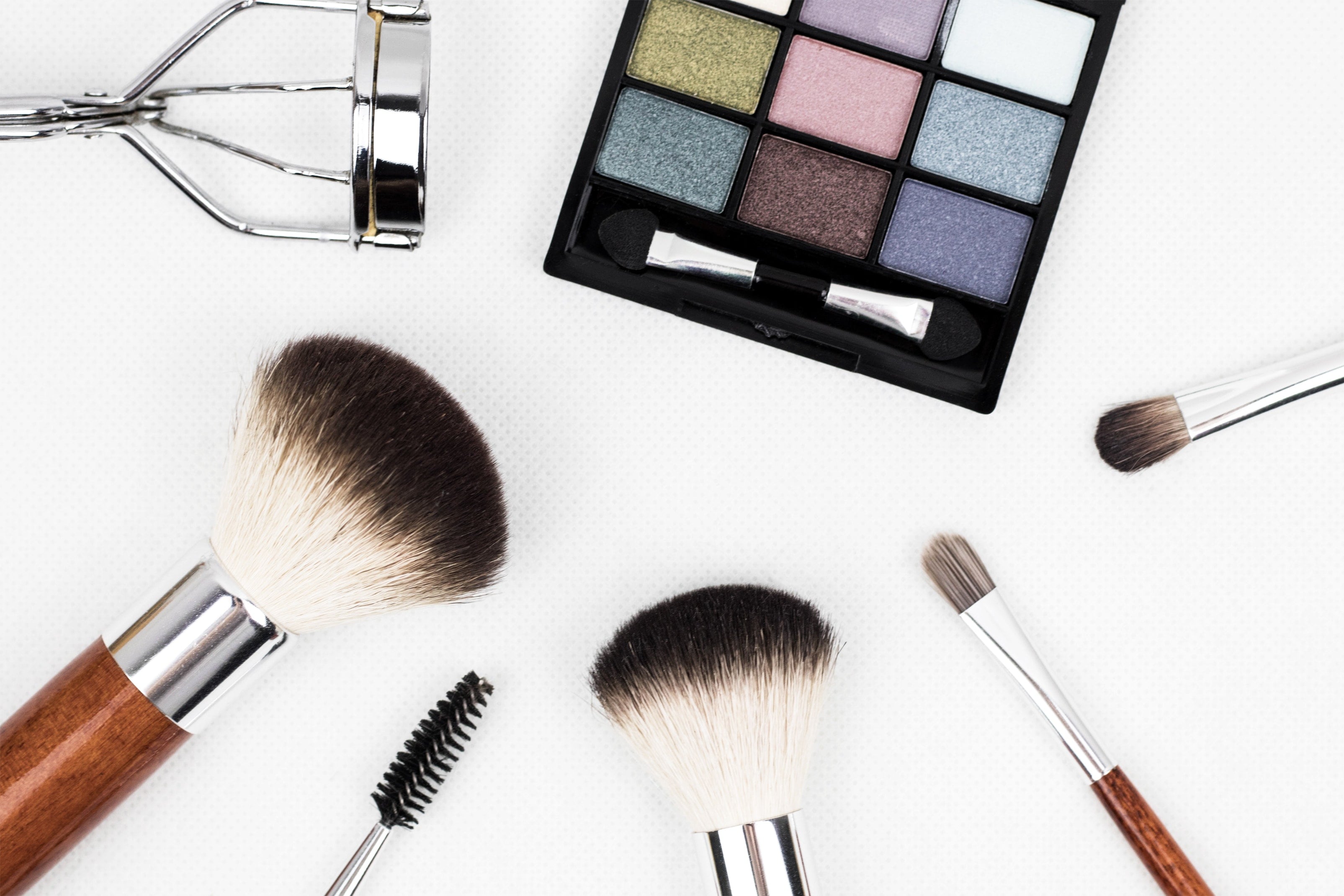It comes as the market in China continues to grow at around 11%, far outstripping the global increase of 4%.
The firm’s recently-published beauty report shows that online channels were growing faster than offline channels, essence were the fastest growing product within the skincare category, consumers in Shanghai spent the most on cosmetics, South Korean brands continue to dominate, and the growing use of cosmeceuticals.
Here are the five trends:
1. Online channels
Total offline retail sales of cosmetics in China has maintained a growth between 10 to 13%. According to the report, online beauty sales grew at an annual compound growth rate of 29.47%, which JD said will likely power the growth of this industry in the future.
Online has the advantage of improving shopping experience to attract new customers, expand brand value and promote sales, it claimed.
Some examples of companies which saw a spike in online sales include L'Oreal (China) whose online sales increased from 1% in 2013 to 30% in 2018. For Yves-Saint-Laurent, 50% of its sales were achieved online.
2. Essence products are fastest growing
The cosmetics market is categorised into skin care and make-up. The former includes masks, lotions, creams, essences, toners, while the latter consist of lipsticks, perfumes, and liquid foundations.
According to JD’s data, while facial masks were the most popular product in the skin care category, accounting for 19.3% of dales, it was essences which became the fastest growing products. Essences only make up 10% of products, but because of its active ingredients, they are favoured by consumers.
The report also revealed that as consumers become more sophisticated. For instance, consumers are increasingly more aware of hydration, moisturising, whitening, protection, anti-aging, and firmness concepts in their cosmetics. JD said this would bring about new opportunities for brand growth.
3. Shanghainese spend more on cosmetics
Data showed that skin care consumption in Shanghai was 23% higher than the national average. This was followed by Beijing (22%), Tianjin (14%), Zhejiang (10%) and Jiangsu (9%).
At Yunnan, a province in southwestern China known for its pleasant climate and leisure lifestyle, skincare consumption was higher, while make-up usage was 7.7% lower than the national average. JD said this suggests that Yunnan’s consumers preferred natural beauty.
In terms of male cosmetics consumption, Tianjin’s cosmetics usage is 56% higher than the national average, even exceeding Shanghai.
4. International brands continue to dominate
International brands continue to dominate the mid-to-high-end market. Data showed that the top three most popular international brands in 2018 were SK-Ⅱ, LANEIGE Lange and Innisfree.
China’s domestic cosmetics companies only entered the market in the 2000s, and data revealed that the proportion of domestic brands climbed from 36% in 2016 to 38% in 2018.
Among international brands, South Korean brands were the fastest in responding to consumer demands, and were typically the first to launch new formulas, new packaging and new ingredients.
According to the report, while most cosmetics products take about one year of research and development, South Korea managed to shorten it to four to six months, freeing time to launch new products and promotions.
5. Growing number of consumers using cosmeceuticals
In terms of cosmeceuticals, its consumption has increased five-fold over the past five years. Cosmeceuticals are cosmetic products with bioactive ingredients purported to have medical benefits.
Within this group of users, 18-25-year-olds spend the most on cosmeceuticals, increasing from 23% in 2016 to 32.6% in 2018.




